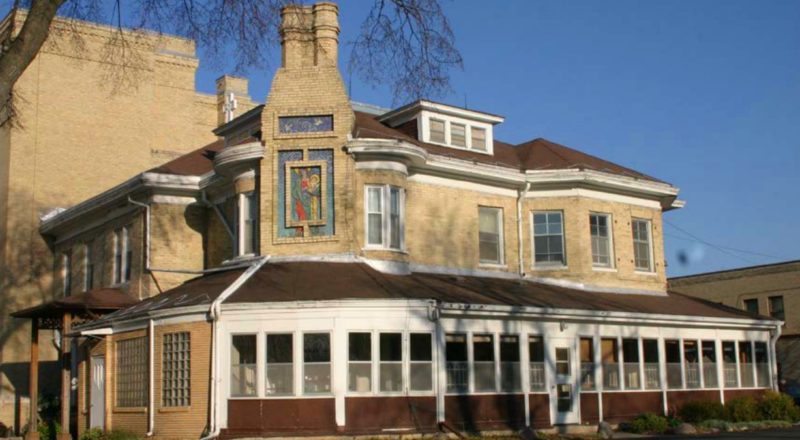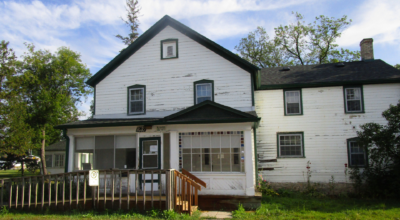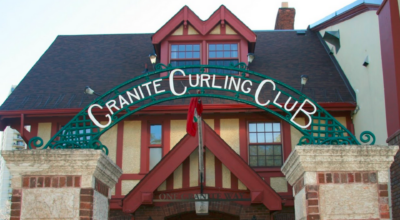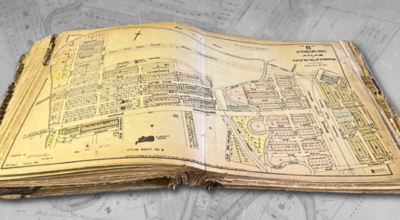
/ News
July 13, 2022
Committee Recommends Leacock House Remain Protected
A request to strip the 1882 Leacock House at 442 Scotia Street of its protective heritage designation was unanimously voted down by the City’s Historical Buildings and Resources Committee on July 12th, 2022. Marymound, the owners of the house, wanted it removed from the City of Winnipeg’s List of Historical Resources so it could be demolished. The delisting requested will now be reviewed by the the Standing Policy on Property and Development, Heritage and Downtown Development Committee. Heritage Winnipeg is hopeful that the house will retain its designated status and looks forward to working with Marymound to find a solution that does not include delisting or demotion.
Marymound is youth and family social services organization that provides a number of programs and services for vulnerable youth. The organization originally planned to convert the vacant Leacock House into a transition home, but felt the building, said to be in poor repair, was unsuitable for the program and the cost of adaptive reuse was too high. The Historical Buildings and Resources Committee, which recommend the building not be delisted, only considered the heritage value of the structure. The Standing Policy on Property and Development, Heritage and Downtown Development Committee, which will make the final decision on delisting, can take into consideration all factors, including heritage value, economic value and future plans for the site.
The Leacock House was built for Edward Philip Leacock, hidden along the west bank of the the Red River in what is now the West Kildonan neighbourhood. Designed by local architect Walter Chesterton, it was a two and a half storey Queen Anne Revival style home with lovely ornamental details both inside and out. The sprawling asymmetrical building featured a large porch, curved windows, grand chimney, tall ceilings adorned in tin, fine woodwork, plaster decoration and more. Leacock was known for his lavish hospitality, charming personality and mounting debt, which he skipped out on after selling the house in the late 1890s. The next notable owners of the house were the Sisters of Our Lady of Charity of the Good Shepherd. Moving in into the home in 1911, the Sister used it to house girls sent to them for rehabilitation by the juvenile court system. Seen as a better alternative than sending impoverished girls to prison, the pastoral setting of the home, far from the “wicked” city, was considered a major attribute.
As more children were sent to the Leacock Home in need of all kinds of care and services, the house was expanded and modified while additional buildings were constructed on the property. The Marymound we know today slowly took shape, with the Sisters using the Leacock House as their residence until 2014. On July 9th, 2012, the Leacock House was added to the City of Winnipeg’s List of Historical Resources, which protects it from demolition or alteration of its character defining elements. Along with being one of the oldest homes in Winnipeg and a good example of the Queen Anne Revival style of architecture, the house also holds the history of our societies evolving attitude towards caring for the most vulnerable. After well over a century of adapting to serve its community, demolishing the house now would be an injustice to its commitment to history, the community and sustainability.
Updates:
February 15th, 2023: “Advocacy In Action: Leacock House Remains Protected”
February 2nd, 2023: “Vote Tied on the Delisting of Leacock House”












